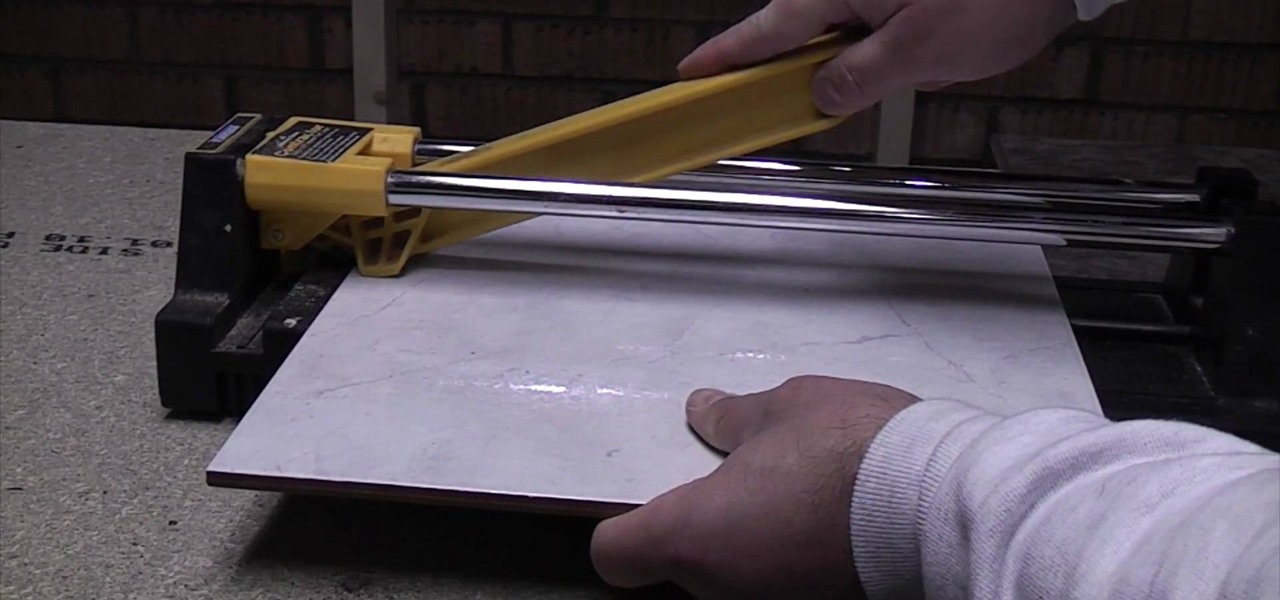
Subcontractors and contractors have different relationships with companies. A company can think of a relationship with a subcontractor as business-to-business, where the relationship is short-term and only lasts for the duration of a particular project. A company's relationship to an employee is longer-lasting and can include training, professional development, advancement, and other perks. This is what you need to know about each type.
Contractors can be self-employed
Many people believe contractors are employees. Contrary to common belief, contractors are self-employed. While self-employment allows individuals to work independently from an employer, it also requires that the individual comply with state and federal regulations regarding employment practices. As such, it's important to carefully review any contract you sign with a contractor to ensure that you're not inadvertently misclassifying them as employees.
The self-employed definition means that an individual is self-employed and contracts with other businesses to provide goods or services. This is one of the most important things you need to know about it. Independent contractors are self-employed as they can control the work, and even the methods. They are also able to determine their own hours and decide where they'd rather invest their business income. Sometimes, independent contractors are referred to as independent contractors.

They are paid according to the job they do.
There are many things you should consider when paying subcontractors. Contractors are often paid job-by-job. This is great if you only need to hire them for a small number of projects. Independent contractors and freelancers who are hired by you to perform specific tasks. These situations will see you reporting to the primary contractor who is responsible for managing the entire contract.
In terms of payment, contractors and subcontractors get paid differently than employees. Employees work for one company. Contractors are independent and responsible for their tax obligations, insurance, retirement and other benefits. Contractors also manage social security, Medicare benefits and other responsibilities that employees cannot. It is important to consider both the tax benefits and the risks associated with each type of relationship.
They are responsible for their benefits
While employees are entitled to benefits and have a fixed work schedule, subcontractors take care of their taxes and insurance. Subcontractors aren't subject to the same discipline standards as employees. Employees are entitled to overtime pay, vacation day, and holidays. Subcontractors are not. They may have to work for multiple employers. However, they might be incorporated to own their business and be their own boss.
While most subcontractors can be considered independent contractors in theory, not all subcontractors can be called that. Independent contractors are responsible for their workers' compensation benefits if they injure an employee while on the job. The higher-tier contractor doesn't have to hire three employees, but is still responsible for the lower-tier contractor's workers' compensation. But in some states, a subcontractor may not have their own workers' compensation insurance.

They pay their taxes
Subcontractors pay their own taxes. It is important to recognize that these people are independent contractors, and as such, their tax obligations may not be the same as the general contractor's. In addition to tracking their income and expenses, subcontractors must also pay their own taxes. As a result, it is important for subcontractors to be aware of their tax responsibilities and be able to track them properly. These are some helpful tips for doing this.
FAQ
Who will take care of my handyman job?
You won't find a cheaper price for a local handyman if you're looking to have a job done quickly, such as fixing a leaky faucet or replacing a lightbulb. Handyman services are also available for larger jobs like repairing or installing floor tiles.
Handyman Services offers you ongoing support and maintenance.
How often should I use a handyman for my job?
It depends on the nature of your project. One handyman might be enough to do a basic job like changing a bulb or fixing a leak. If there are many remodeling tasks involved, however, you might need several handymen.
What qualifications are required to become a handyman
As a handyman, patience is the most important skill. Additionally, you should have knowledge of plumbing, electrical systems, and carpentry.
There are many opportunities for people with the right skills, but you may not be qualified if your knowledge isn't up to scratch.
A school that specializes is a good place to start your training.
Is it worth the extra cost of professional handyman work?
This will depend on the type and scope of your project. A professional handyman service will be helpful if you have a complicated project such as an office remodel.
What is the distinction between a handyman & a carpenter
You can hire a handyman to do a variety projects like plumbing, electrical installations, painting, drywall repair and cabinet making. Carpenters specialize in woodworking. They can build cabinets and walls, doors, windows or stairs.
Where did handymen originate?
There are thousands and thousands of handymen throughout the U.S. But almost none of them started their career as contractors. Most began their career as a tradesman and were taught how to do certain things by apprenticeships. Because of this, many have great skills and vast knowledge that can be a huge asset to any company.
Statistics
- “Once the pandemic hit, that number fell to about 20%.” (inquirer.com)
- A franchise was approximately $110,000 with a franchise fee of $14,900, according to a spokesperson for a national handyman franchise. (en.wikipedia.org)
- Our handyman services for seniors are provided by professional senior helpers who have been serving the community for over 20 years with 98% customer satisfaction. (cantatahomeservices.org)
- With a strong housing market, the handyman and general maintenance worker industry are expected to grow by nearly 10% in the next decade. (housecallpro.com)
- An estimate was that in 2003, the market for home maintenance and repair spending was up 14% 2001 to 2003. (en.wikipedia.org)
External Links
How To
How to replace a broken window
Repairing broken windows is one the most common home improvement jobs. The job involves repairing the damage done to the glass in your home. The repair should take approximately 30 minutes. However, if you are not familiar with how to replace broken panes of glass, you may cause further damage to the home. This article provides tips for how to replace broken windows.
First step: Remove the old glass from its frame
To take out the old glass, first remove the screws that hold it in place. Next, remove the lock at the top of the lower section of your window frame. Next, lift the window slightly up so that it is no longer attached the sill plate (the steel bar at the floor). Finally, use a pry tool to carefully loosen the remaining screws until they pop out of their holes. Once the panes are removed, clean them thoroughly.
Second step: Clean and polish the new glass
You can wipe any dirt off the glass surface with a towel or a dry cloth. To remove any dirt or other debris from the glass' surface, spray it with water and rub alcohol.
The third step is to reinstall the glass
Reattach the window panes into the frames. Begin by pressing down on the outermost pane's lower edge with a screwdriver. Gently push back the pane into place in the opening. After moving to the next one, push it firmly against your previous one before you reattach it. Continue to insert the panes until you have assembled the whole window. Use a silicone caulk gun to seal the space where the panes meet.
Fourth Step: Repair the area damaged
If you are installing new glass, be sure to inspect the area where the break occurred. This will help determine if further repairs are necessary. Two small pieces of wood should be placed along the edges of each hole if the crack is near the corner. These wooden blocks will be strong and can also act as spacers, keeping the glass in its place during expansion and contract of the weatherproofing.
Fifth step: Seal the repaired area
After the glass has been replaced, apply a bead of silicone caulking to the perimeter edges of the window frame. This will create a seal between the glass frame and the wallboard. Silicone caulking can be purchased at hardware stores and online. Be sure to choose a color that matches the existing paint on the walls.
Allow the caulking to cure overnight. Do not disturb the caulking until it has hardened completely. If you don't wait enough, the caulking could crack when you take it off.